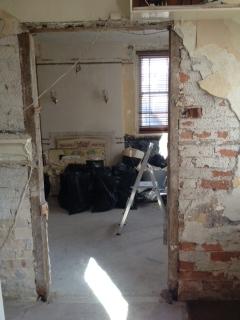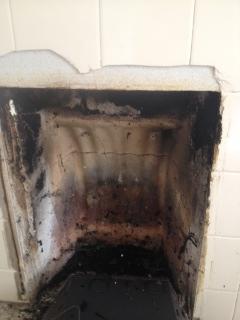Recently bought an 1800s farm house. Got damp. Some patches are bad, but all on external downstairs walls. Surveyor said cause was higher external ground and that damp proof course would work. But that French drain should also be created, and old pebbledash render should be removed for lime plaster
Reading more I'm not sure about dpc. Our builder has given us quote for damp injection systemand vandex barrier. He then intends to cement walls.
Are we wasting our money? Can we then not hang radiators on this wall (we intend to...)
The most severe areas of damp are clearly along one wall where the ground outside is noticeably higher than inside. The problem is, it's not our land so we can't just dig a trench to remove the land against it.
Advice please!
Reading more I'm not sure about dpc. Our builder has given us quote for damp injection systemand vandex barrier. He then intends to cement walls.
Are we wasting our money? Can we then not hang radiators on this wall (we intend to...)
The most severe areas of damp are clearly along one wall where the ground outside is noticeably higher than inside. The problem is, it's not our land so we can't just dig a trench to remove the land against it.
Advice please!




